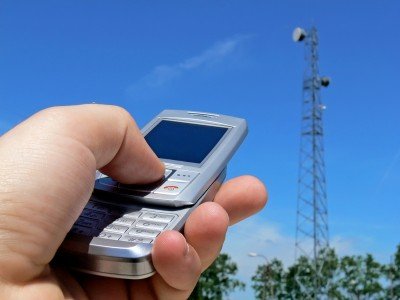Norwegian experts say mobile phones and wifi networks are safe for health

In the study, the Commission of Experts has taken into account the most common technologies that emit low-frequency electromagnetic radiation: mobile phones, wifi networks, mobile antennas, audiovisual antennas and other communication tools. The Commission has not only analyzed its possible impact on health, but has also advised on health risk management and regulation.
The Commission has been made up of experts and researchers from health services and transport and communications, under the direction of Jan Alexander, Director General of the Norwegian Department of Health. The report presented consists of about two hundred pages, although a summary has also been published.
In any case, this is one of the deepest and most recent research on the subject, which has confirmed what has been said by other major research, that is, there is no evidence that these technologies are harmful to health. Moreover, according to the report, it can be stated with “reasonable certainty” that these technological tools do not pose a health risk.
--> Electromagnetic waves: between representations and tests (Revista Elhuyar nº 260, Tema central)
No cancer, nothing
Most studies have focused on detecting the presence of low-frequency electromagnetic radiation in people, animals, cells, and even DNA.
Despite discarding several studies with methodological errors, numerous quality studies have been analyzed, both on fast-growing cancers (gliomas) and slow-growing cancers (meningiomas, acoustic neuromas). Taking into account the reliability and quantity of the investigations, the Commission of Experts considers that it is not possible to affirm that the use of these instruments increases the risk of cancer. In addition, he stressed that epidemiological studies do not show a greater number of cancer cases in recent years, although mobile use has increased considerably in this period.
Some of the research is very long (the longest is 20 years) and others have been done with children and young people, and in no case have they seen a relationship between mobile use and cancer.
In addition to the risk of cancer, fertility problems, endocrine and immune system disorders, and the set of symptoms that patients associate with electromagnetic waves, known as electromagnetic hypersensitivity, have been analyzed. In them the research is not as abundant as in the case of cancer, and they are much weaker, but the conclusion is the same: it has not been shown that mobiles and the like cause damage.
Therefore, the Committee of Experts has pointed out that there is “little uncertainty” on this issue. That is, it can certainly be said that technological tools that emit low-frequency electromagnetic waves are safe.
Regulations and society
On the other hand, the Committee of Experts has also analyzed the regulations and rejected all concerns: on the one hand, they have considered that the safety limits established by the ICNIRP (International Commission for the Protection against Non-Ionizing Radiation) are sufficient and, on the other hand, they have seen that radiation emitting technologies use much less than permitted.
For this reason, the Committee of Experts considers that it is not advisable to further exacerbate the limits, since this can mean an increase in the suspicion of electromagnetic waves in some social groups. Instead, they consider it better to disseminate information and manage risk communication well.
For example, based on the precautionary principle, it has been positively valued to remember that increasing the distance to the radiation source is greatly reduced, so mobile users could receive much lower radiation using the remote microphone and headset if they wish. Or, in the case of antennas, they say that when the coverage is weak more radiation is received, so it is better to put enough antennas to have good coverage than few.
Buletina
Bidali zure helbide elektronikoa eta jaso asteroko buletina zure sarrera-ontzian











